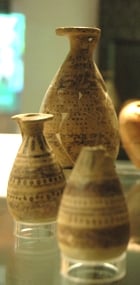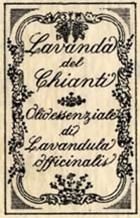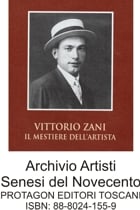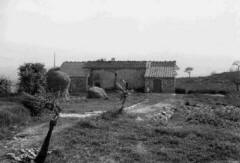
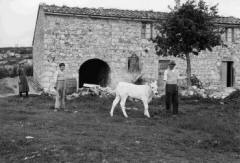
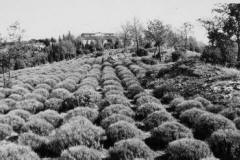
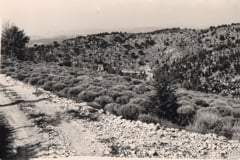
it was bought by Professor Giovanni Dòmini including a few hectares of idyllic land in 1950 situated at 620m above sea-level on a historical hill of the Chianti Classico. The hill on which it rises was once called Salingolpe by the name of the settlement that the Etruscans lived in since the 6th century BC.
In 1478, with the complete destruction of the historic village, that name did not indicate the hill yet, but only the house and the land of the “parochial benefit of Saint Salvatore”. The hill assumed the name of Castellina Vecchia (or Castellinaccia) to denote the state of things and places and a house was built on its summit, it is not known when and how.
This is Casalvento: a whole stone house that firstly was small and then, with subsequent addictions, expanded to accommodate under the same roof men and animals. In 1950, Casalvento, in addition to the signs of poverty, also had those of the war. A bushy and stingy hill besieged by bushes and aromatic plants.
The fragrant wild Lavender, born copious and spontaneous on that chalky and difficult soil, was used in Roman times by Etruscans. What we know about them is they were experienced pharmacists and perfumers dedicated to the harvest of medicinal plants and flowers to be sold in the streets of ancient Rome. Aryballoi, Likytoi, Bullae and others were the typical containers where the perfumed ointments were stored and sold 2500 years ago. Glass, ceramic and alabaster were the materials chosen for these precious containers.
The shape, always very small and fitted with an applicator spout, could have the similarities with an animal, a fruit or part of the human body. The containers were label-free but finely painted and embellished with very fine surface manufacturings.
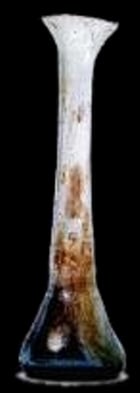
Reproducing the plant, cultivating it, cutting flowers and giving birth to a commercial product was a commitment that lasted several years and finally in 1962 the first drops of perfume came out of our first simple extractor.
The distillers that produced the essences have been replaced over the years with increasingly larger and functional models. However the extracting method is always the same: we use water vapour, an inert and pure substance that does not interfere with the natural qualities of the essences.
The water vapour produced by a special generator crosses the vegetable mass crammed into a large copper or stainless steel, the essential oil contained in the flowers is thus dragged away and recondensed into a coil separating from the aromatic waters (hydrosols) in a “Florentine” vase. This technique, whose invention dates back to the year 1000, was well described by Avicenna and was perfected in 1800. It has remained the same as for the physical principles till nowadays.
What we have in the third millennium is the perfect control of every stage of the process (temperature, duration, pressure, flow, etc) in order to have the best yield to product quality.
In 1962, the famous Sienese painter Vittorio Zani (author of the Sienese Banca Monte dei Paschi di Siena logo, the labels of some wine producers of Montalcino Brunello, some Panforte and Sienese sweets and many other works) studied for Casalvento a beautiful and classic label to apply to perfume bottles. A unique label for an original packaging and an “ancient” essence.
The name “Chianti Lavender” indicates the unmistakable properties and origin of this fragrance. Long before the Chianti became “Classic” the scent of its lavender was desired by every woman for herself and for her home.
